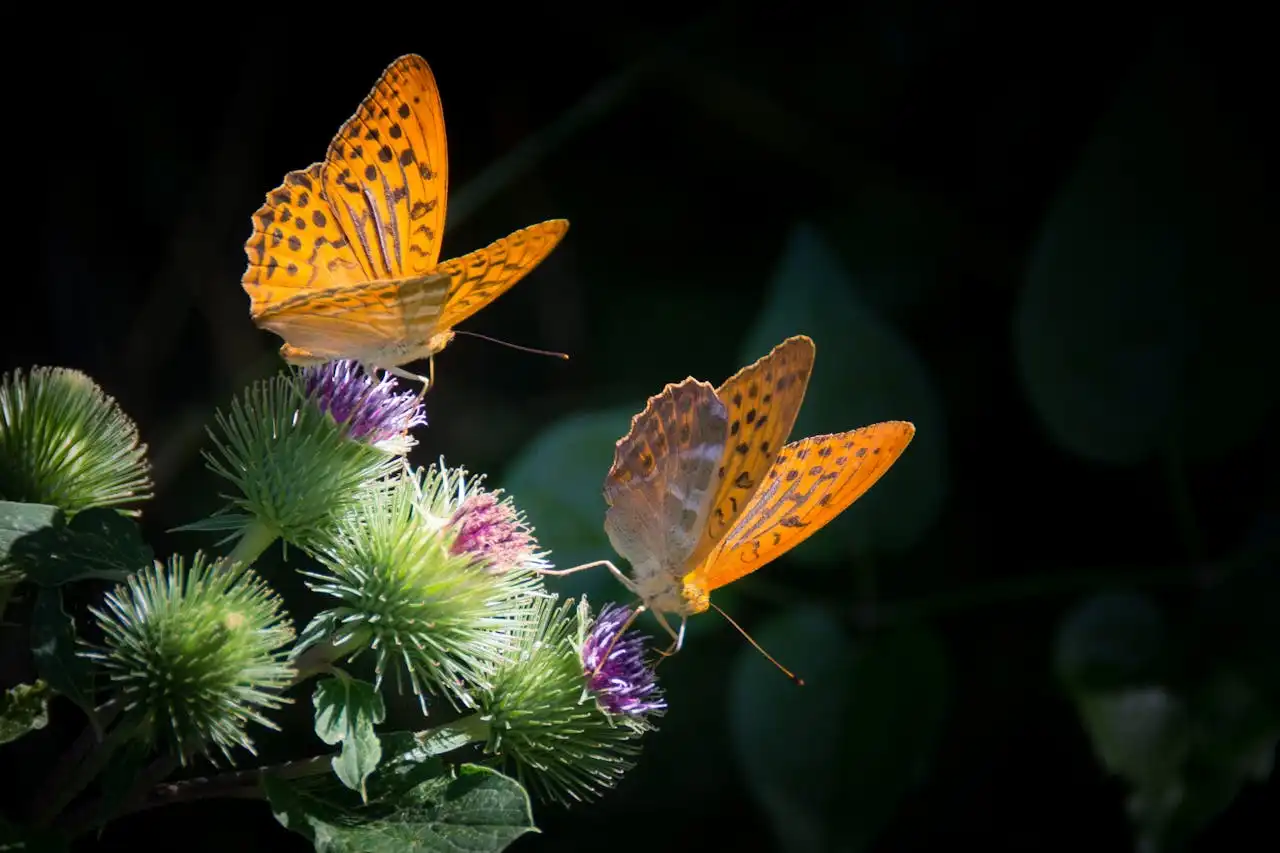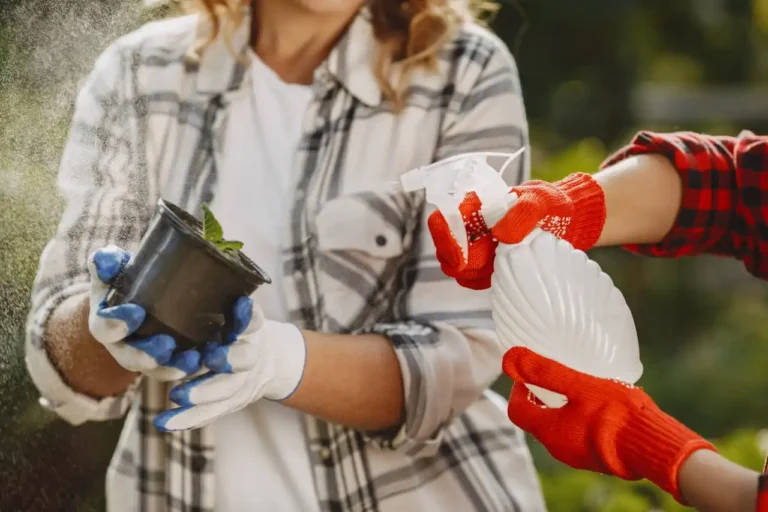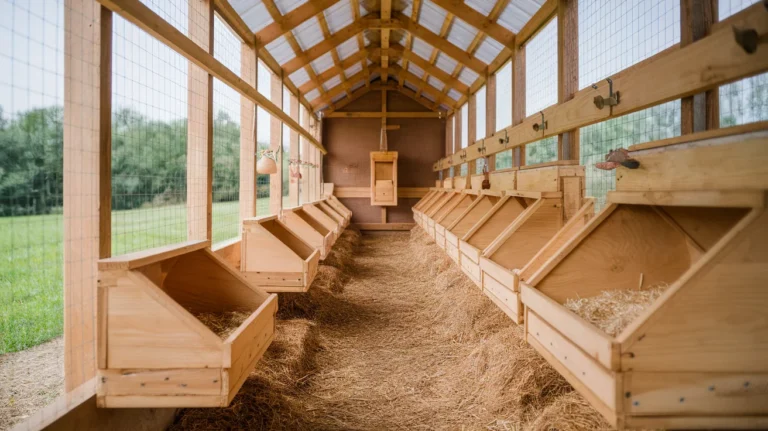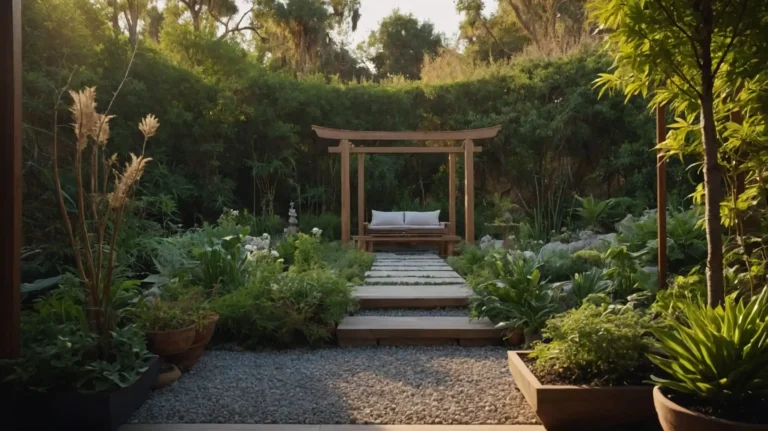How to Build a Butterfly Garden in 5 Simple Steps
Creating your own butterfly sanctuary doesn’t require advanced gardening skills or a massive backyard.
You can transform any outdoor space into a vibrant haven that attracts these magnificent creatures.
Butterflies bring color, movement, and natural beauty to your garden while supporting local ecosystems.
When you provide the right environment, you’ll enjoy watching their fascinating life cycles unfold right outside your window.
Your butterfly garden will become a peaceful retreat where you can connect with nature.
Plus, you’ll contribute to conservation efforts by supporting declining butterfly populations in your area.
Step 1: Choose the Right Location
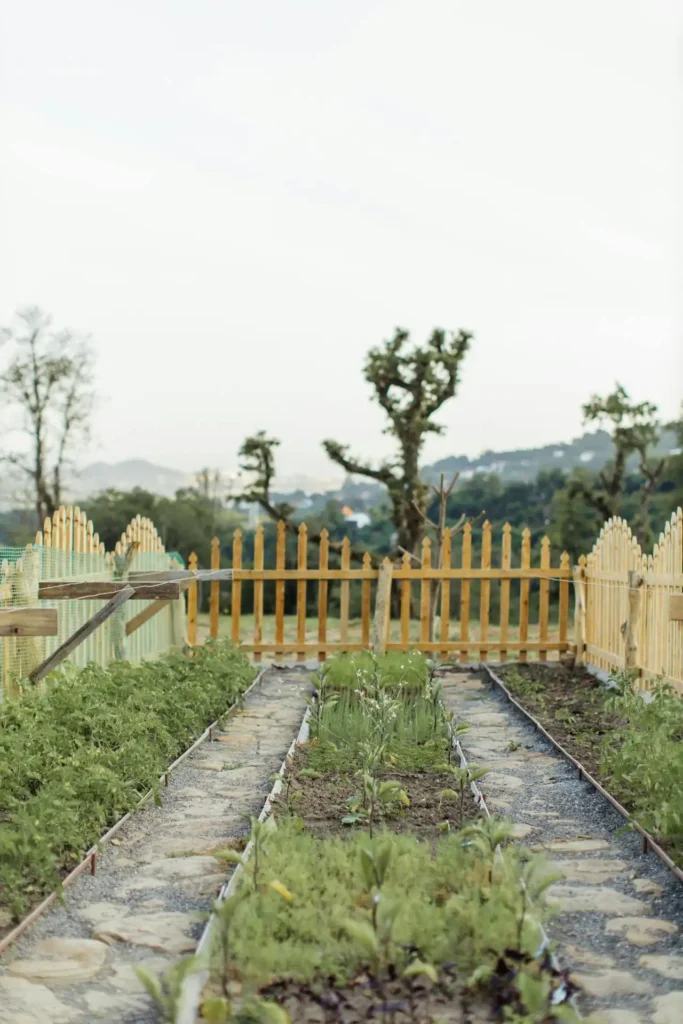
Location makes all the difference when you’re planning your butterfly garden. Even a small protected area can support a thriving butterfly population.
You need to find a spot that receives at least six hours of direct sunlight daily, as butterflies are cold-blooded creatures that depend on warmth to stay active.
Morning sun proves especially important because it helps butterflies warm up and begin their daily activities.
Without adequate sunlight, even the most beautiful butterfly plants won’t attract many visitors to your garden.
Wind protection ranks as another crucial factor in site selection. Natural windbreaks like hedges, fences, or nearby buildings work perfectly.
Strong winds make it difficult for butterflies to fly and feed, so you’ll want to choose a location that’s sheltered from prevailing winds.
If your entire yard experiences strong winds, you can create your own shelter by planting taller shrubs or installing a decorative screen.
Consider proximity to your home when selecting your site. This also makes maintenance tasks more convenient.
You’ll get more enjoyment from your butterfly garden when you can easily observe it from windows or outdoor seating areas.
Avoid areas that flood or stay soggy after rain, as butterflies prefer well-draining soil.
If drainage poses a problem in your preferred location, you can improve it by adding compost or creating raised beds.
Step 2: Select Butterfly-Friendly Plants
Plant selection forms the heart of your butterfly garden success.
You need two types of plants: nectar sources for adult butterflies and host plants where they can lay eggs and caterpillars can develop.
Native plants work best because local butterfly species have evolved alongside them over thousands of years.
These plants provide the specific nutrients and chemical compounds that butterflies in your region require for survival and reproduction.
Start with reliable nectar plants that bloom throughout the growing season. These perennials return year after year, creating a dependable food source.
Purple coneflower, black-eyed Susan, and bee balm attract numerous butterfly species and require minimal care once established.
Add plants with different bloom times to ensure continuous nectar availability.
Early spring flowers like wild columbine feed butterflies emerging from winter, while late-season bloomers like asters provide energy for fall migration.
Don’t forget about host plants, which many gardeners overlook. Research which butterflies live in your area and include their specific host plants.
Monarch butterflies need milkweed species to complete their life cycle, while swallowtails prefer plants in the parsley family like dill, fennel, and rue.
Group plants of the same species together in clusters rather than scattering individual plants throughout your garden.
Butterflies can spot large patches of color more easily, and concentrated plantings create a stronger visual impact.
Consider plant heights and arrange them thoughtfully. Place taller plants toward the back and shorter ones in front to create depth and ensure all plants receive adequate light.
This layered approach also provides varied perching and basking opportunities. Include plants with different flower shapes to accommodate various butterfly species.
Flat-topped flowers like yarrow suit butterflies with short tongues, while tubular flowers like cardinal flower attract species with longer proboscis.
Step 3: Provide Water Sources
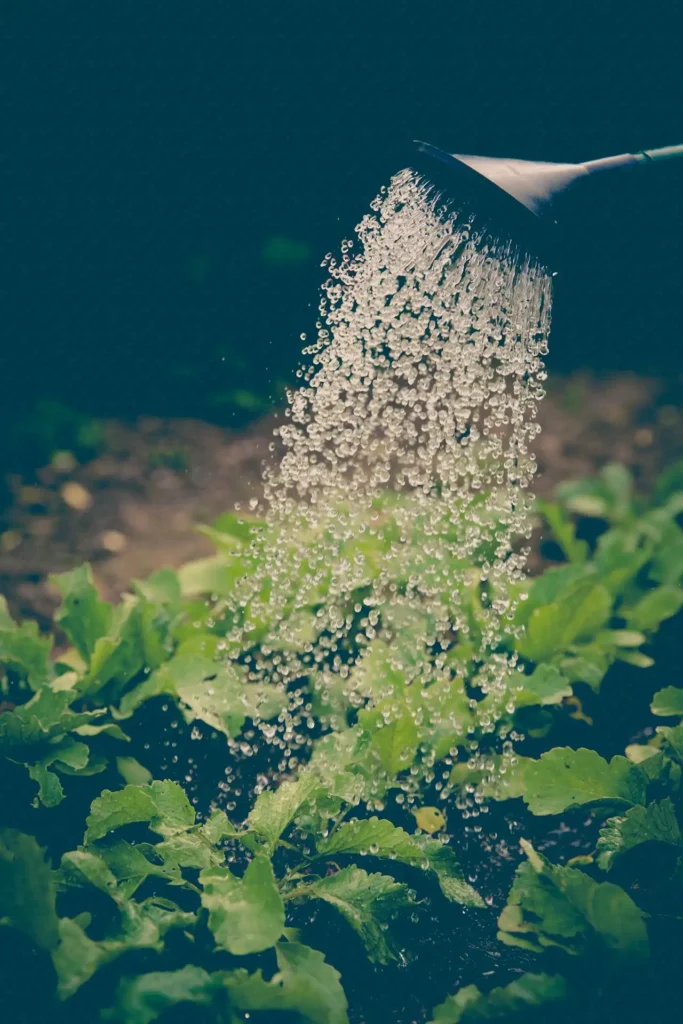
Butterflies need water for drinking and a behavior called puddling, where they gather minerals and nutrients from moist soil.
Creating appropriate water sources encourages butterflies to spend more time in your garden.
Simple shallow dishes filled with fresh water work well for drinking. Place small stones or pebbles in the water to give butterflies safe landing spots.
They prefer water that’s only a few millimeters deep, as they can’t swim and may drown in deeper water.
For puddling areas, create a small depression in your garden and line it with clay or plastic.
Fill it with sand, compost, and a pinch of salt, then keep it consistently moist. Male butterflies especially appreciate these mineral-rich spots.
A dripping water feature adds movement and sound that attracts butterflies from greater distances.
You can create this easily by hanging a container with a small hole above a shallow basin. The gentle dripping sound draws their attention.
Avoid using chlorinated tap water if possible, as chemicals can harm butterflies.
Rainwater or well water provides better options. If you must use tap water, let it sit overnight to allow chlorine to evaporate.
Position water sources in sunny spots where butterflies can warm themselves while drinking.
They prefer areas with some protection from wind but easy escape routes if predators appear. Maintain your water sources by cleaning them weekly and refilling as needed.
Stagnant water breeds mosquitoes and other pests, while dirty water may contain harmful bacteria. Fresh, clean water keeps your butterfly visitors healthy.
Step 4: Create Shelter and Basking Areas
Butterflies need sheltered spots where they can rest, hide from predators, and wait out bad weather. You can provide this shelter through both natural and artificial means.
Dense shrubs and ornamental grasses create excellent natural windbreaks and hiding places.
Plant these strategically around your garden’s perimeter to form protected microclimates within the space.
Butterfly houses, while decorative, don’t actually provide the shelter that butterflies prefer. Instead, focus on creating brush piles from pruned branches and garden debris.
These natural shelters offer better protection and blend seamlessly with your garden’s appearance.
Flat stones placed in sunny locations serve as basking spots where butterflies can warm their bodies.
Dark-colored stones absorb more heat and stay warm longer, making them particularly attractive on cool mornings.
Rock gardens or stone walls provide both basking opportunities and shelter. Leave some areas of your garden less manicured to provide natural shelter options.
The crevices between stones offer protection from wind and predators, while the stone surfaces provide warm resting spots.
A small pile of logs, some tall grass left uncut, or even weedy corners can serve as important habitat features.
Consider the seasonal needs of butterflies when planning shelter. Some species overwinter as adults and need protected spots to survive cold months.
Evergreen shrubs, thick mulch, and undisturbed garden areas provide essential winter habitat.
Step 5: Maintain Your Garden Naturally
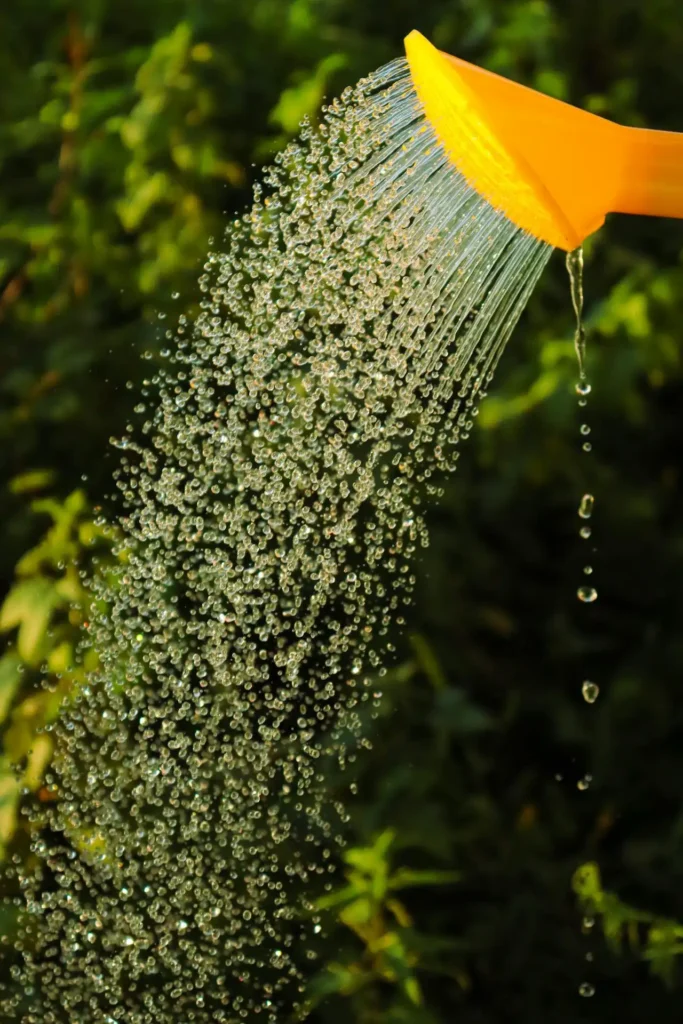
Chemical pesticides and fertilizers harm butterflies at all life stages, so you’ll need to adopt organic gardening practices.
Even products labeled as “natural” can affect butterfly health and reproduction. Healthy soil supports stronger plants that naturally resist pests and diseases while requiring less water.
Focus on building healthy soil through composting and mulching rather than relying on synthetic fertilizers.
Encourage beneficial insects that control garden pests naturally. Ladybugs, lacewings, and parasitic wasps help maintain balance without harming butterflies.
You can attract these helpers by planting small-flowered herbs like dill, fennel, and sweet alyssum.
Hand-picking pests like aphids and caterpillars works well in small gardens. Companion planting helps reduce pest problems naturally.
Remember that some caterpillars will become butterflies, so learn to identify desirable species before removing them.
Marigolds, nasturtiums, and garlic planted among your butterfly plants can deter harmful insects without affecting your winged visitors.
Water your plants at soil level rather than overhead to prevent fungal diseases and conserve water. Drip irrigation or soaker hoses work perfectly for this purpose.
Deadhead spent flowers regularly to encourage continued blooming and keep your garden looking its best.
However, leave some seed heads in fall to provide food for birds and overwintering sites for beneficial insects. Practice seasonal maintenance thoughtfully.
Avoid cutting back all plants in fall, as many butterflies and other beneficial insects overwinter in plant stems and garden debris. Clean up gradually in spring instead.
Keep detailed records of which butterflies visit your garden and when. This information helps you understand what’s working and guides future improvements to your butterfly habitat.
Conclusion
Building a butterfly garden rewards you with natural beauty while supporting important pollinators in your local ecosystem.

